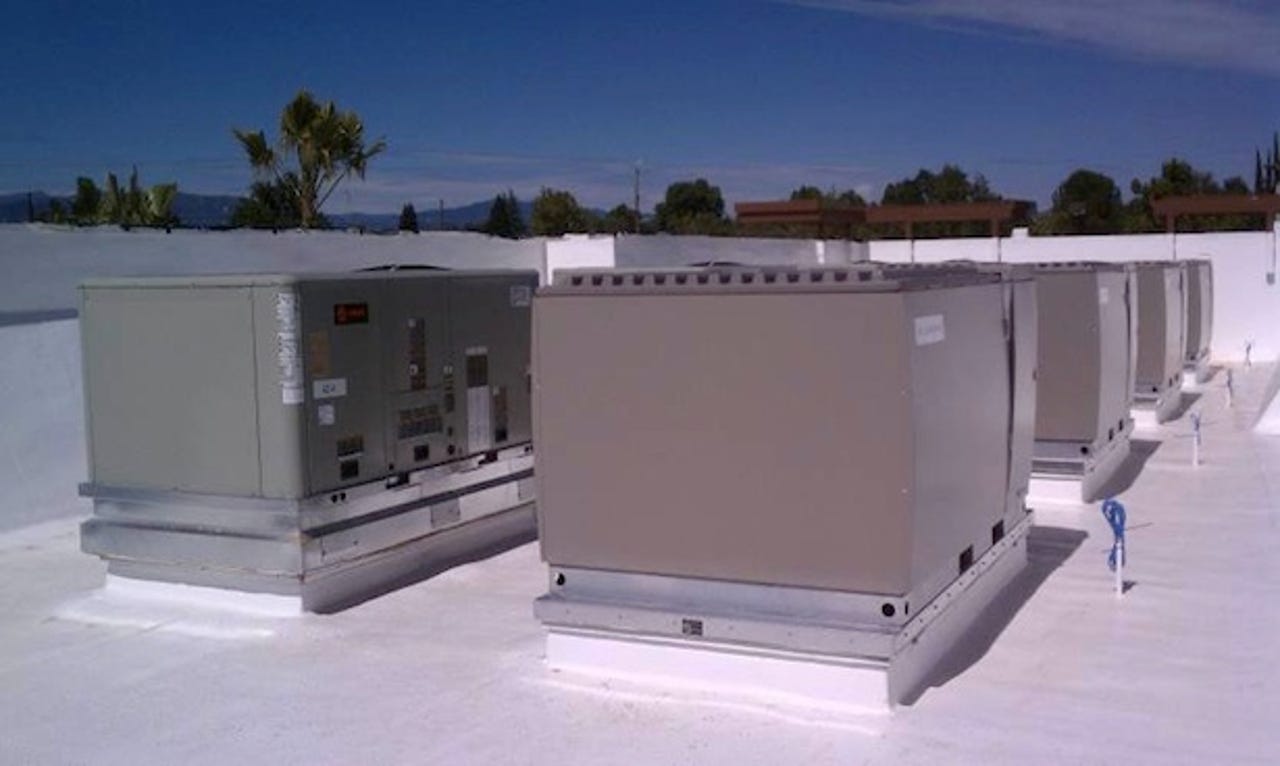Want to keep your building cool? Add ice to your air conditioner

When most people hear the word "energy storage" they think of big lithium-ion batteries like the ones being used to support various renewable energy experiments.
Ice Energy of Glendale, Calif., hopes to help change that perception with its thermal energy storage technology, which basically uses ice to help reduce the electricity load in buildings.
During off-peak hours, the company's Ice Bear units store up ice. The cooling nature of the melting ice can be used during other parts of the day to help defray the costs of running commercial direct exchange air-conditioners.

I wrote about a similar concept about two years ago, when I interviewed CALMAC, a New Jersey ice rink maker that has sold its IceBank ice storage technology to plenty of high-profile companies, including the Bank of America.
The main difference between what the two companies are doing is that Ice Energy is focused on much smaller buildings such as retail stores, convenience stores or campus buildings. In addition, its units can be distributed across multiple buildings.
That latter distinction is one reason that the company is focused on selling its technology to utility companies, said Mike Hopkins, executive vice president of corporate development and legal for the company. The Ice Energy can help utilities forego the costs of having to add more generating capacity.
"Our projects are being purchased by utilities to deal with specific peak problems," Hopkins said.
To get an idea of how Ice Energy's technology might be used, consider its relationship with the Redding Electric Utility (REU) in Redding, Calif.
The utility company has created a thermal energy storage program that currently works across 40 buildings in the district to help offset electricity demands during peak period. The installation is supported by the utility, rather than by the individual building owners. The Redding city council voted in June to extend the program to more buildings, which could help reduce peak power demand by up to 6 megawatts over five years, Ice Energy said.
"After more than seven years of evaluation, installation and analysis, the Ice Bear product has proven to be a good fit for the Redding community and a cost-effective means of shifting on-peak air conditioning demand to off-peak hours," said Barry Tiptin, REU utility director.
Ice Energy figures the lifetime of its Ice Energy units at approximately 25 years.